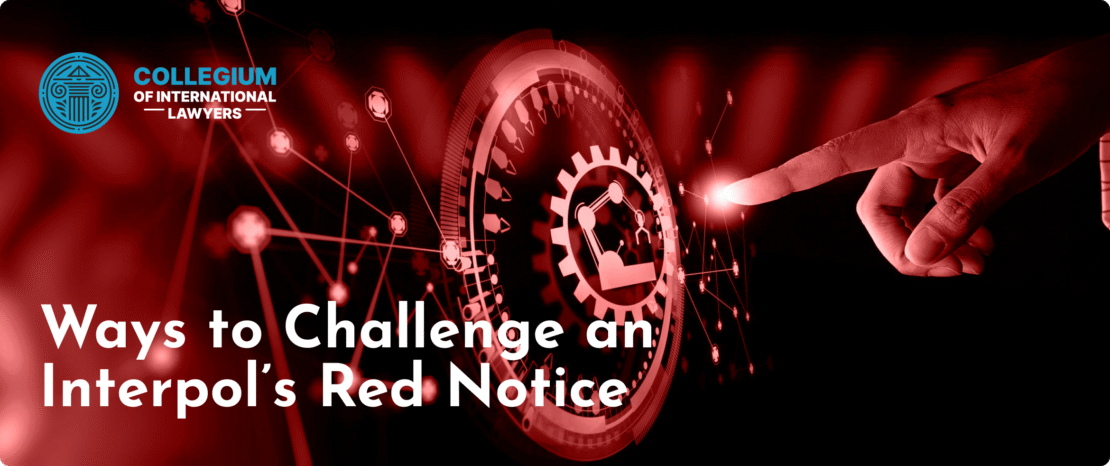
The Presidential Autopen Controversy: A Signature of Accountability
The use of autopens—the mechanical devices that replicate a person’s signature—has sparked considerable debate in the political arena. As the leaders of the free world have adopted this technology for convenience, questions arise surrounding the implications of using an autopen on important documents. Is it an efficient tool that ensures the smooth functioning of government, or does it undermine the authenticity and accountability expected from elected officials? For an in-depth exploration of this topic, refer to the article at presidential autopen controversy www.americanthinker.com/articles/2025/03/live_by_the_autopen_die_by_the_autopen.html.
The History and Function of Autopens
Autopens were invented in the late 19th century, primarily used for commercial purposes. The device allows signatures to be reproduced mechanically, which made it attractive for individuals and businesses alike who needed to send a large volume of signed documents. Public figures, including US Presidents, began using autopens to streamline workflow amidst the demands of their positions. Over the decades, the technology has evolved, but the principle remains the same: to save time while maintaining the appearance of authenticity.
Presidential Use of the Autopen
Presidents have utilized autopens regularly, particularly when signing letters of condolence, proclamations, and other official documents that require timely delivery. For instance, during President Barack Obama’s administration, it was noted that he frequently employed the use of autopens for letters sent to military families or constituents. This practice poses a curious juxtaposition, as the presence of the President’s signature signifies a personal touch, yet that personal connection may be feigned if a machine performed the act.

The Controversy Surrounding Authenticity
The core of the autopen controversy lies in the perception of authenticity. Critics argue that when a President’s signature is produced by a machine, the significance of that signature diminishes. Documents signed by the President are meant to carry weight, imbued with the authority of their office. When autopens take on this role, the question arises: does it matter if the signature is genuine?
This question becomes particularly complex when considering the subjects of the documents being signed. For example, a military family receiving a condolence letter may appreciate the recognition of their loss, but does it lose meaning knowing that the President may not have physically signed it? Emergency declarations, legislative measures, and other critical documents can also fall into this gap of authenticity versus efficiency.
The Argument for Efficiency
Supporters of autopen use argue that the demands of office necessitate some degree of efficiency in signing documents. A president often has a plethora of matters requiring their signatures daily, from minor requests to significant national legislation. Autopens provide a solution to this issue, allowing the president to fulfill their duties without sacrificing the speed of government operations.
Moreover, proponents argue that autopens can help maintain a connection with constituents. Letters from the President, whether signed physically or mechanically, can serve to inspire and connect with individuals across the nation. When used appropriately, they enable the continuance of a personal touch in a highly bureaucratic structure.
Implications of Autopen Use

The use of autopens brings forth several implications, not only for the president but also for the public and the broader government system. First is the issue of accountability. When a president uses an autopen, there lies a risk that the individual may distance themselves from the contents of the document being signed. This phenomenon can lead to a lack of responsibility when decisions are questioned, particularly in controversial matters.
Second is the potential erosion of trust in institutions. If the public learns that significant documents may not have the weight of their creator behind them, skepticism towards governmental operations can arise. The presidency symbolizes leadership and accountability, and relying heavily on autopen technology may betray these principles, leaving citizens to second-guess the authenticity of their leaders’ intentions.
The Future of Autopen Use in the Presidency
As technology continues to evolve, so does its integration into the processes of our government. The future of autopens in presidential use remains uncertain, with advocates calling for a responsible approach to how technology interacts with tradition. One possibility is implementing a hybrid model where autopen signatures are accompanied by a personalized message from the president, perhaps delivered through videos or other media to ensure the human element remains palpable.
Ultimately, the challenge lies in balancing efficiency with the essence of accountability and authenticity that the presidency represents. As discussions surrounding the ethical implications of autopens continue, this technological advancement may redefine how we perceive leadership and responsibility in the digital age.
Conclusion
The presidential autopen controversy highlights a critical intersection of technology, tradition, and public expectations. While autopens can provide efficiency in an increasingly demanding role, they also risk diluting the personal touch that constituents expect from their elected leaders. As we advance into a future with more automated processes, it becomes imperative to critically evaluate the implications of such technologies and ensure that they do not erode the principles of accountability inherent to democratic governance.
